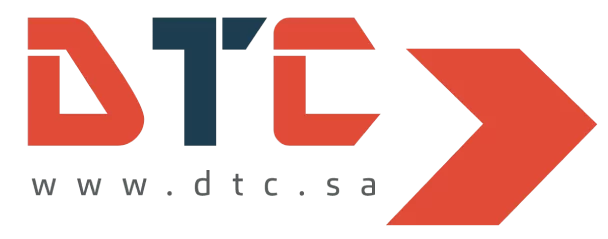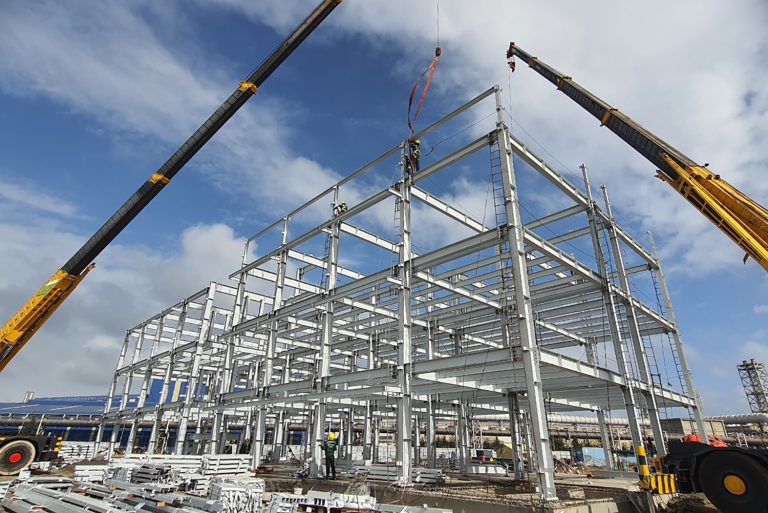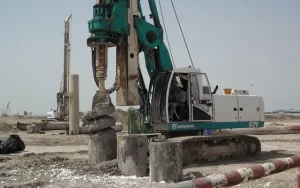What Are Safety KPIs?
Safety KPIs are a set of performance indicators that organizations use to track, measure, and improve safety within their workplace. By properly monitoring safety KPIs, employers can ensure that their employees are working in a safe and healthy environment. There are many different types of safety KPIs, but some common ones include injury rates, incident rates, near-misses, and safety training compliance. In this article, we will explore what safety KPIs are and how you can use them to improve safety in your workplace.
What are the KPI?
There are a variety of safety KPIs that can be used to measure the safety performance of an organization. Some common KPIs include:
-Number of accidents
-Number of injuries
-Number of near misses
-Number of unsafe acts or conditions
-Number of lost work days due to injury or illness
-Total cost of worker’s compensation claims
-Ratio of safety incidents to total number of hours worked
Organizations can use these KPIs to identify trends and track progress over time. Additionally, comparing safety KPIs across similar organizations can provide valuable insights into which practices are most effective at preventing accidents and injuries.
What Are Safety KPIs?
Safety KPIs, or Key Performance Indicators, are metrics used to measure safety performance and identify trends. They can be used to track progress towards safety goals, assess the effectiveness of safety initiatives, and compare performance across different facilities or departments.
There is no one-size-fits-all approach to selecting safety KPIs, as the most important indicators will vary depending on the organization and its specific safety objectives. However, some common examples of safety KPIs include:
• Injury rates (e.g. number of injuries per 100 employees)
• Days away from work due to injury (DAFWI)
• Lost time injury frequency rate (LTIFR)
• Recordable incident rates
• First aid incident rates
• Right to know request rates
• Safety observation card completion rates
• Hazard report completion rates
tracking progress towards safety goals, assessing the effectiveness of safety initiatives, and comparing performance across different facilities or departments
Tracking health and safety
Health and safety KPIs are essential for any business that wants to create a safe and healthy workplace. By tracking these KPIs, businesses can identify potential hazards and take steps to mitigate them.
There are a variety of health and safety KPIs that businesses can track, but some of the most important include:
-Number of accidents and injuries
-Accident and injury rates
-Number of days lost to injury
-Number of safety incidents
-Near misses
By tracking these KPIs, businesses can get a better understanding of where their health and safety risks lie. This information can then be used to develop targeted interventions to improve health and safety in the workplace.
Reported incidents
There are a number of safety KPIs that can be used to measure the safety of a workplace. One such KPI is the number of reported incidents. This metric can be used to identify trends in safety performance and to track the progress of safety initiatives.
Reported incidents can be classified in a number of ways, including by type of incident, by location, by department, or by employee. This data can help to identify problem areas and potential solutions. Additionally, this data can be used to monitor changes in safety over time.
The number of reported incidents is just one metric that should be considered when assessing the safety of a workplace. Other factors, such as accident rates and injuries, should also be taken into account.
Lost time injury frequency rate (LTIFR)
The LTIFR is a key safety KPI that measures the number of lost time injuries per million hours worked. A high LTIFR indicates a high rate of workplace accidents and injuries.
The LTIFR is used to track trends in workplace safety over time. It can help identify problem areas and identify opportunities for improvement.
The LTIFR can be used to compare the safety performance of different companies or industries. It can also be used to benchmark the safety performance of a company against its peers.
A company’s LTIFR should be regularly monitored and reviewed. A high LTIFR indicates a need for improvement in workplace safety.
Equipment breakdowns
Safety KPIs help you to identify and track trends in equipment breakdowns. By tracking these KPIs, you can take proactive steps to prevent or mitigate the consequences of these events.
There are a number of different safety KPIs that can be tracked, but some of the most important ones include:
Number of equipment breakdowns: This is the most basic KPI for tracking equipment breakdowns. By tracking the number of events over time, you can identify trends and take action to prevent future problems.
This is the most basic KPI for tracking equipment breakdowns. By tracking the number of events over time, you can identify trends and take action to prevent future problems. Location of equipment breakdowns: Knowing where equipment breakdowns are happening can help you to target your prevention efforts more effectively.
Knowing where equipment breakdowns are happening can help you to target your prevention efforts more effectively. Type of equipment involved in breakdow
Corrective actions
There are a number of corrective actions that can be taken in order to improve safety KPIs. Some of these include:
– Reviewing safety procedures and making sure they are being followed correctly
– Investigating accidents and near-misses to identify any potential hazards
– Providing training for employees on how to safely work in the area
– Implementing new technologies or processes that can help to improve safety
– Conducting regular audits of the work area to identify any potential hazards
By taking these corrective actions, it is possible to improve safety KPIs and create a safer working environment for everyone.
Average employee overtime hours
In any organization, safety is the top priority. Safety KPIs are a key part of measuring and improving safety performance. One important safety KPI is average employee overtime hours.
Organizations should track average employee overtime hours to identify trends and problem areas. This KPI can help reveal if employees are working too much overtime, which can lead to fatigue and accidents. It can also help identify if there are staffing issues that need to be addressed.
Average employee overtime hours can be calculated by taking the total number of overtime hours worked by all employees in a period of time and dividing it by the number of employees. For example, if 10 employees work a total of 100 Overtime hours in a month, the average employee overtime hours would be 10.
This KPI is important because it can help organizations improve safety by identifying trends and problem areas. By reducing employee overtime hours, organizations can reduce the risk of accidents and improve employee morale.
Employee attendance rates
One of the most important safety KPIs is employee attendance rates. This metric measures how often employees are present and accounted for during their shifts. A high employee attendance rate indicates that employees are more likely to be available to work and less likely to be involved in accidents or incidents. A low employee attendance rate can indicate a number of issues, including poor morale, high turnover, or even safety hazards.
Health and safety prevention costs
Preventing health and safety incidents can save your business money in the long run. By investing in health and safety measures, you can avoid the costs of workers’ compensation claims, legal fees, and lost productivity.
There are a number of ways to prevent health and safety incidents in the workplace. Some of the most effective methods include:
• Providing training on health and safety procedures
• Conducting regular safety audits
• Implementing safe work practices
• Enforcing safety rules and regulations
• Providing personal protective equipment
By taking these steps, you can create a safer workplace and avoid the costly consequences of health and safety incidents.
Average resolution time (ART)
The average resolution time (ART) is a safety KPI that measures the average amount of time it takes to resolve a safety issue. This KPI is important because it can help organizations identify areas where they need to improve their safety procedures and protocols. ART can also be used to benchmark an organization’s performance against other similar organizations.
Total recordable injury frequency rate (TRIFR)
TRIFR is a measure of the number of workplace injuries that result in time off from work. It is calculated by dividing the number of injuries by the number of hours worked. TRIFR can be used to compare the safety performance of different organizations or to track trends over time.
Employee training
Employee training is one of the most important safety KPIs. By ensuring that employees are properly trained, you can help reduce the likelihood of accidents and injuries. There are a number of different ways to measure employee training, but some common metrics include the following:
Number of training hours per employee
Number of employees who have completed required training
Percentage of employees who have completed required training
Cost per employee for training
Number of safety incidents per employee
Each company will have different requirements for employee training, so it’s important to tailor your KPIs to your specific needs. However, these four metrics provide a good starting point for measuring the effectiveness of your employee training program.
Tips for tracking safety KPIs
When it comes to safety KPIs, there are a few things you should keep in mind. Here are some tips for tracking safety KPIs:
1. Know what KPIs you want to track.
Before you start tracking any KPIs, you need to know what exactly you want to track. What safety goals do you want to achieve? What do you want to measure? Once you have a clear idea of what KPIs you want to track, it will be much easier to set up a system for tracking them.
2. Set up a system for tracking KPIs.
Once you know what KPIs you want to track, you need to set up a system for tracking them. This could involve using software or simply creating a spreadsheet. Whichever system you use, make sure it is easy to use and that it can be updated regularly.
3. Collect data regularly.
To accurately track your KPIs, you need to collect data on a regular basis. This data can come from a variety of sources, such as safety reports, incident reports, and surveys. Make sure all of your data is collected in one place so that it is easy to access and analyze.














